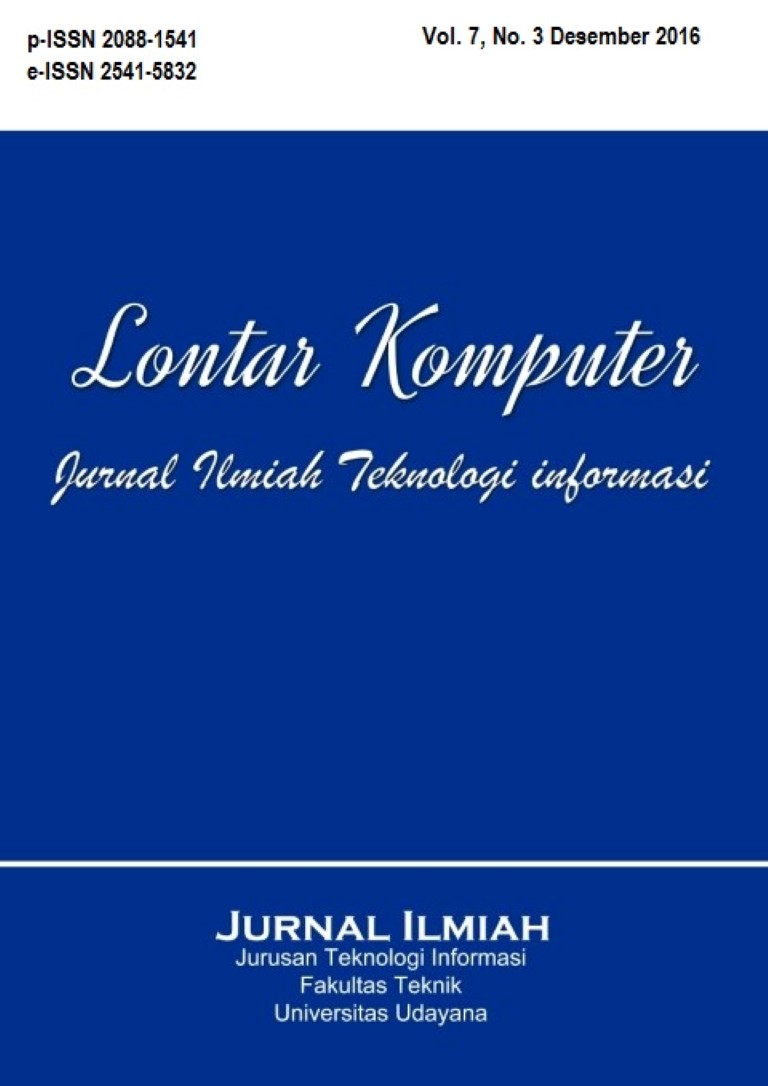Fuzzy Simple Additive Weighting Method in the Decision Making of Human Resource Recruitment
Abstract
The Company is one of the jobs that was founded to reduce unemployment. The progress of a company is determined by the human resources that exist within the company. So, the selection of workers will join the company need to be selected first. The hardest thing in making a selection factor is the effort to eliminate the subjectivity of the personnel manager so that every choice made is objective based on the criteria expected by the company. To help determine who is accepted as an employee in the company, we need a method that can provide a valid decision. Therefore, we use Fuzzy Multiple Attribute Decision Making with Simple Additive Weighting method (SAW) to decide to make in human resource recruitment. This method was chosen because it can provide the best alternative from several alternatives. In this case, the alternative is that the applicants or candidates. This research was conducted by finding the weight values for each attribute. Then do the ranking process that determines the optimal alternative to the best applicants who qualify as employees of the company. Based on calculations by the SAW obtained the two highest ranking results are A5 (alternative 5) and A1 (alternative 1), to obtain two candidates received.
Downloads
References
[2] S. Kusumadewi, S. Hartati, A. Harjoko, and Retantyo Wardoyo, “Fuzzy Multi Attribute Decision Making (FUZZY MADM),” Ed. Pertama Cetakan Pertama. Graha Ilmu. Yogyakarta., 2006.
[3] G. S. Liang and M. J. J. Wang, “Personnel placement in a fuzzy environment,” Computers & operations research, vol. 19, no. 2, pp. 107–121, 1992.
[4] S. B. Yaakob and J. Watada, “Optimal workers’ placement in an industrial environmen,” Fuzzy Sets and Systems from Different Perspectives. Studies in Fuzziness and Soft Computing, vol 243, 2009.
[5] M. Lovrich, “A fuzzy Approach to Personnel Selection,” 2000.
[6] T. Wang, M.-C. Liou, and H.-H. Hung, “Selection by TOPSIS for surveyor of candidates in organisations,” Int. J. of Services Operations and Informatics, Vol.1, No.4, pp.332 - 346, 2006.
[7] S. P. Lazarevic, “Personnel Selection Fuzzy Model,” International Transactions in Operational Research, vol. 8, no. 1, pp. 89–105, 2001.
[8] S. Nobari, Z. Jabrailova, and A. Nobari, “Using Fuzzy Decision Support Systems in Human Resource Management,” International Conference on Innovation and Information Management, vol. 36, pp. 204–207, 2012.
[9] R. Idmayanti, “Sistem Pendukung Keputusan Penentuan Penerima Beasiswa Bbm (Bantuan Belajar Mahasiswa) Pada Politeknik Negeri Padang Menggunakan Metode Fuzzy Multiple Attribute Decision Making,” Jurnal Teknologi Informasi & Pendidikan, vol. 7, no. 1, pp. 18–28, 2014.
[10] J.-J. Huang and G.-H. Tzeng, Multiple attribute decision making: methods and applications. 2011.
[11] W. F. Cascio and H. Aguinis, “Research in industrial and organizational psychology from 1963 to 2007: Changes, choices, and trends.,” The Journal of Applied Psychology, Vol. 93, No. 5, pp. 1062–1081, 2008.
Keywords
The Authors submitting a manuscript do so on the understanding that if accepted for publication, the copyright of the article shall be assigned to Jurnal Lontar Komputer as the publisher of the journal. Copyright encompasses exclusive rights to reproduce and deliver the article in all forms and media, as well as translations. The reproduction of any part of this journal (printed or online) will be allowed only with written permission from Jurnal Lontar Komputer. The Editorial Board of Jurnal Lontar Komputer makes every effort to ensure that no wrong or misleading data, opinions, or statements be published in the journal.
 This work is licensed under a Creative Commons Attribution 4.0 International License.
This work is licensed under a Creative Commons Attribution 4.0 International License.























